Researchers Make $230 Billion Discovery at Bottom of California Lake
Scientists have discovered an incredible hoard of ‘white gold’ buried deep beneath a colossal lake in California.
Estimates indicate that the reserves of this valuable metal, nestled beneath the Salton Sea in southern California, could potentially surpass a staggering $230 billion in value.
What is White Gold?
Researchers have known for some time about the great quantity of lithium, or ‘white gold,’ that’s located beneath the Salton Sea.
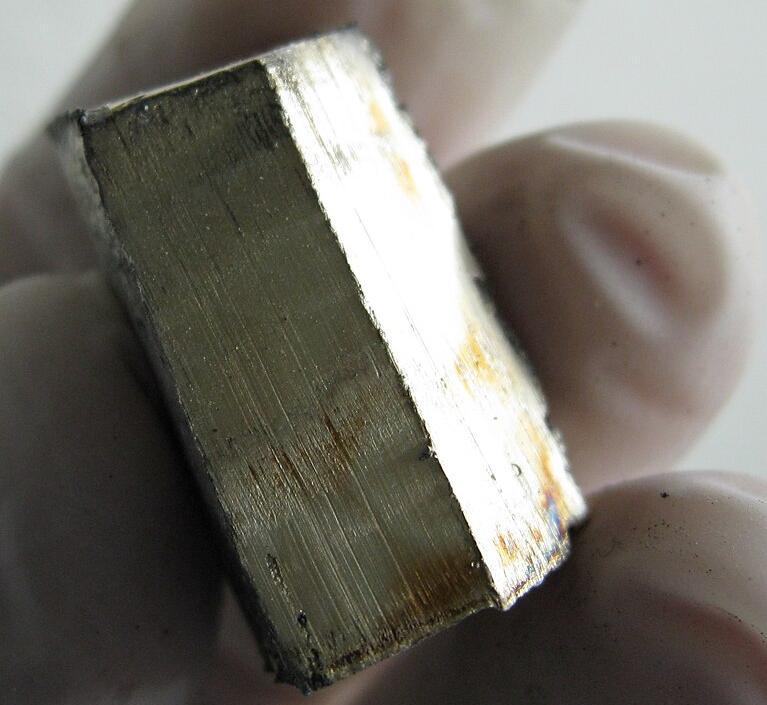
Source: Wikimedia
The highly coveted mineral is found in a layer of scorching hot brine beneath the lake’s southern point. In recent years, mining companies have been diligently researching the most efficient methods to extract this valuable resource.
Study Reveals Lake Holds More Lithium Than Previously Thought
A study was conducted on the level of lithium in the lake back in 2023, and to the surprise of the researchers, they discovered the Salton Sea contains far more of this mineral than previously thought.

Source: Wikimedia
According to the Department of Energy’s study, the lake could hold as much as 18 million tons of the metal, often referred to as white gold for its softness and silvery-white color.
The Saudi Arabia of Lithium Mining
California’s governor, Gavin Newsom, has previously referred to the Salton Sea as the Saudi Arabia of lithium mining due to the enormous amount of lithium deep beneath its surface.
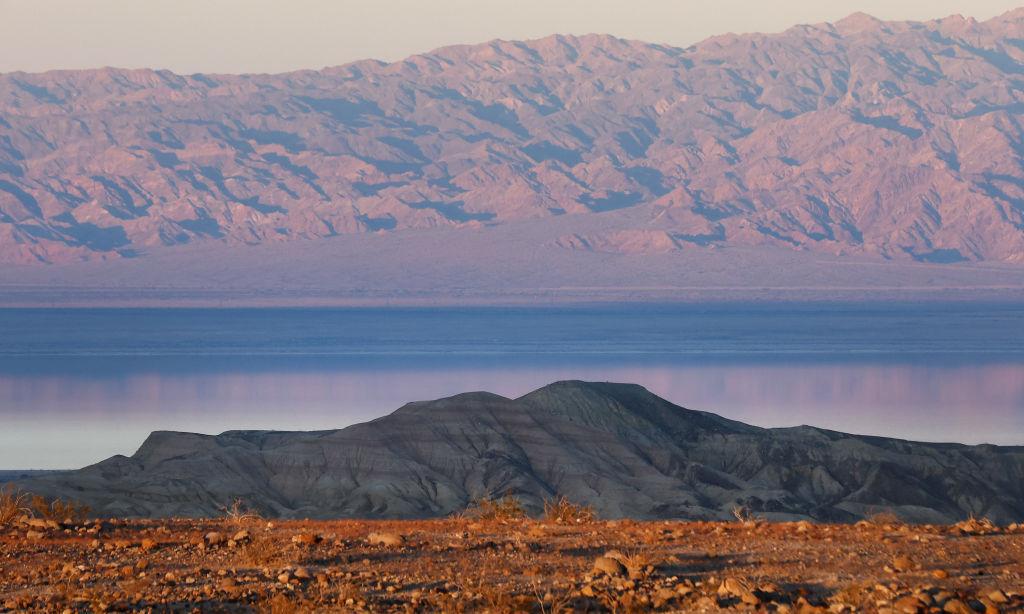
Source: Getty Images
If the estimations are correct, the reservoir of white gold would be recognized as the largest in the world, overtaking China in the process, per The Daily Mail.
Lithium Reserves Could Be Worth Over $230 Billion
While the price of lithium varies, it currently hovers around $13,000 per ton, meaning that the reserves under the Salton Sea would be worth over $234 billion.

Source: Wikimedia
According to the DOE, such an incredible amount of lithium could allow US manufacturers to produce over 375 million electric vehicle batteries.
The Importance of Lithium
In the modern era, lithium has become the number one component in batteries, powering everything from electric vehicles to smartphones and solar panels.
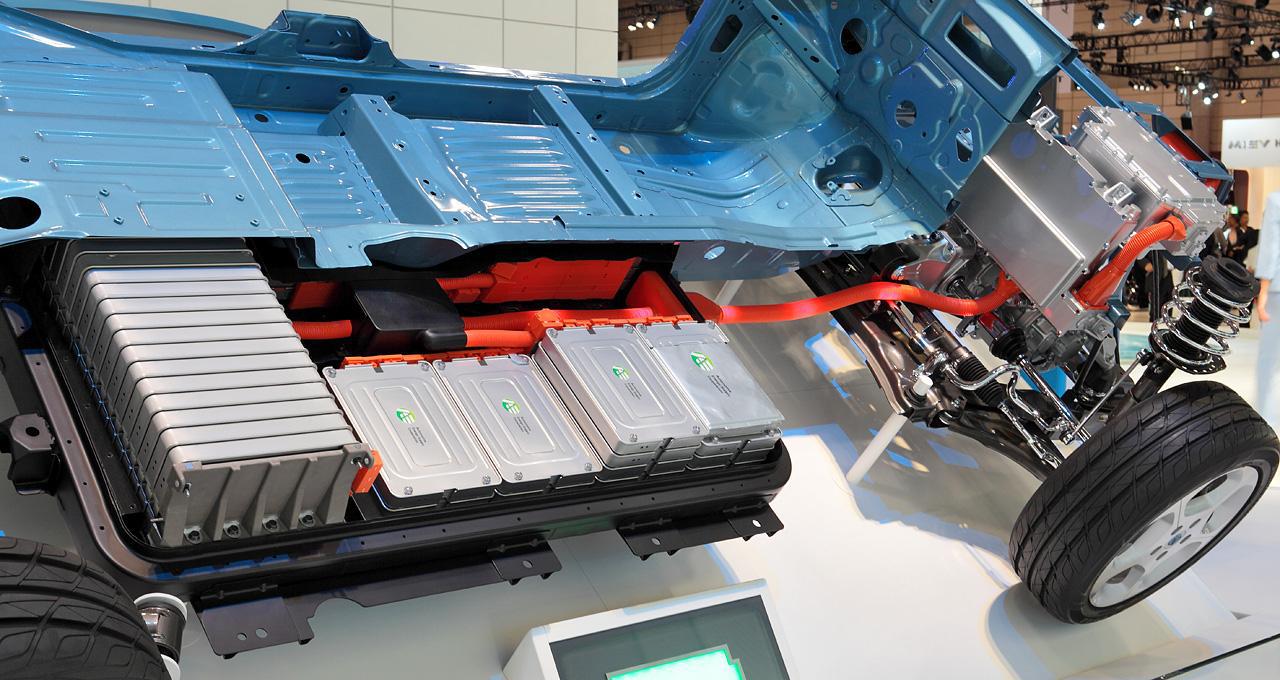
Source: Wikimedia
The People’s Republic of China has dominated the market for decades, as up to 90% of the world’s supply of the mineral has been mined and refined here.
Lithium's Role in Decarbonizing the Economy
Jeff Marootian, principal deputy assistant secretary for energy efficiency and renewable energy, explained the beneficial aspects of the lithium found beneath the Salton Sea.
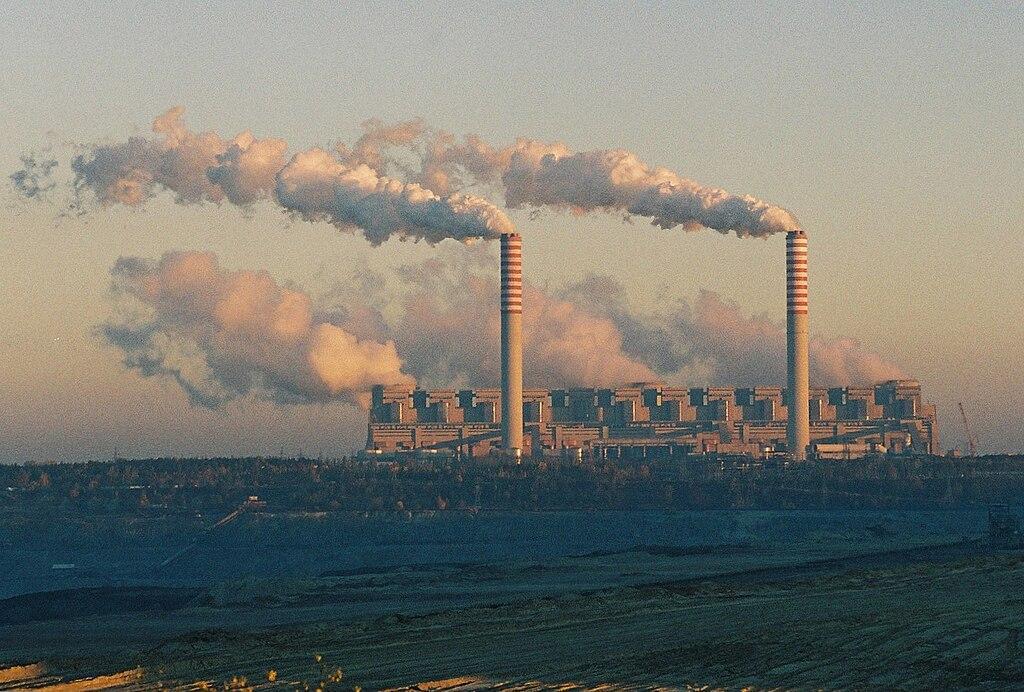
Source: Wikimedia
“Lithium is vital to decarbonizing the economy and meeting President Biden’s goals of 50 percent electric vehicle adoption by 2030,” he said.
Lithium Reserves Could Bolster American Innovation
Marootian elaborated on his comments, explaining, “This report confirms the once-in-a-generation opportunity to build a domestic lithium industry at home while also expanding clean, flexible electricity generation.”
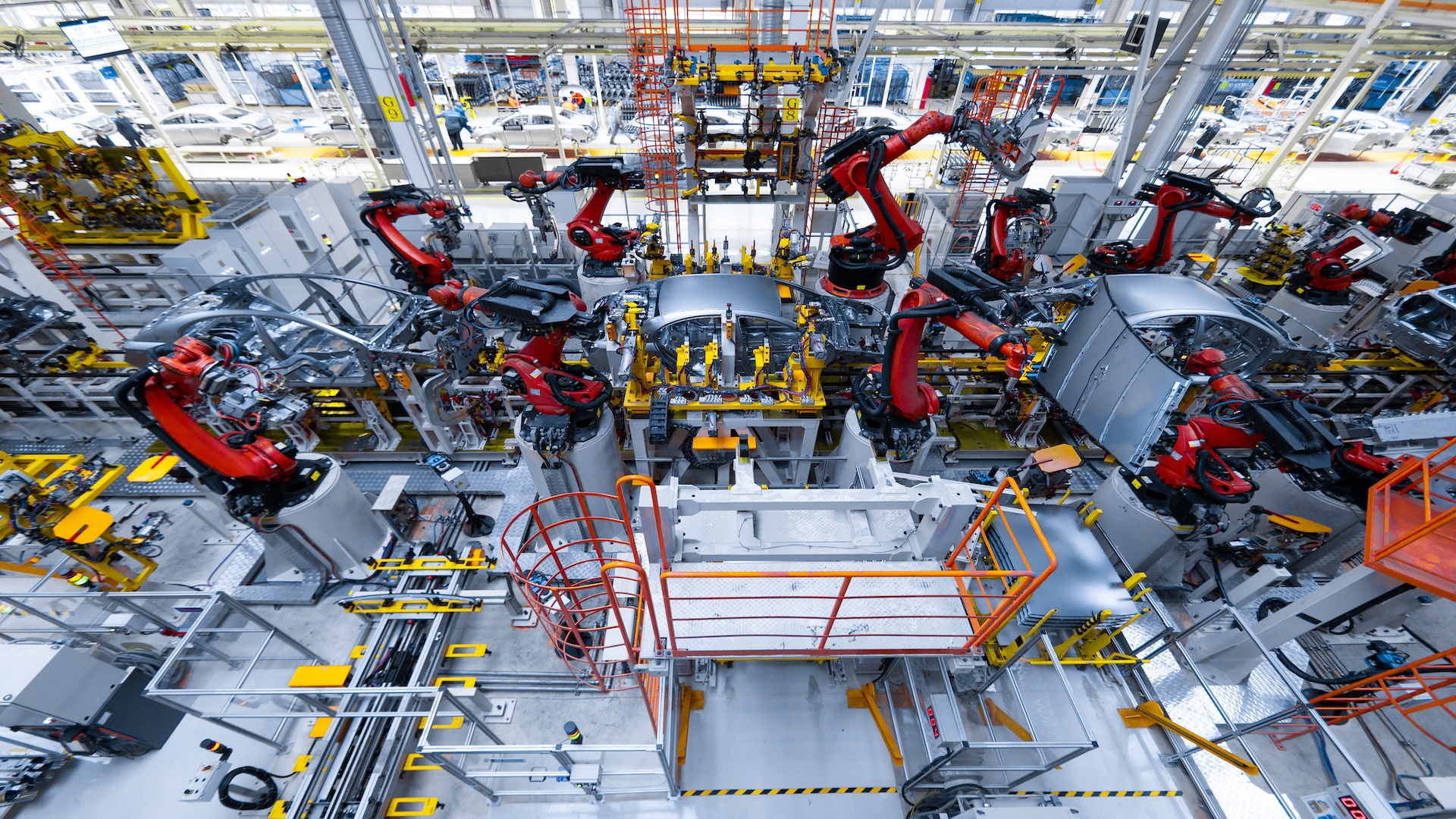
Source: Freepik
He continued, “Using American innovation, we can lead the clean energy future, create jobs and a strong domestic supply chain, and boost our national energy security.”
Companies Interested in Mining the Lithium
Several companies are interested in mining the lithium currency beneath the Salton Sea, including Warren Buffett’s Berkshire Hathaway Energy (BHE).
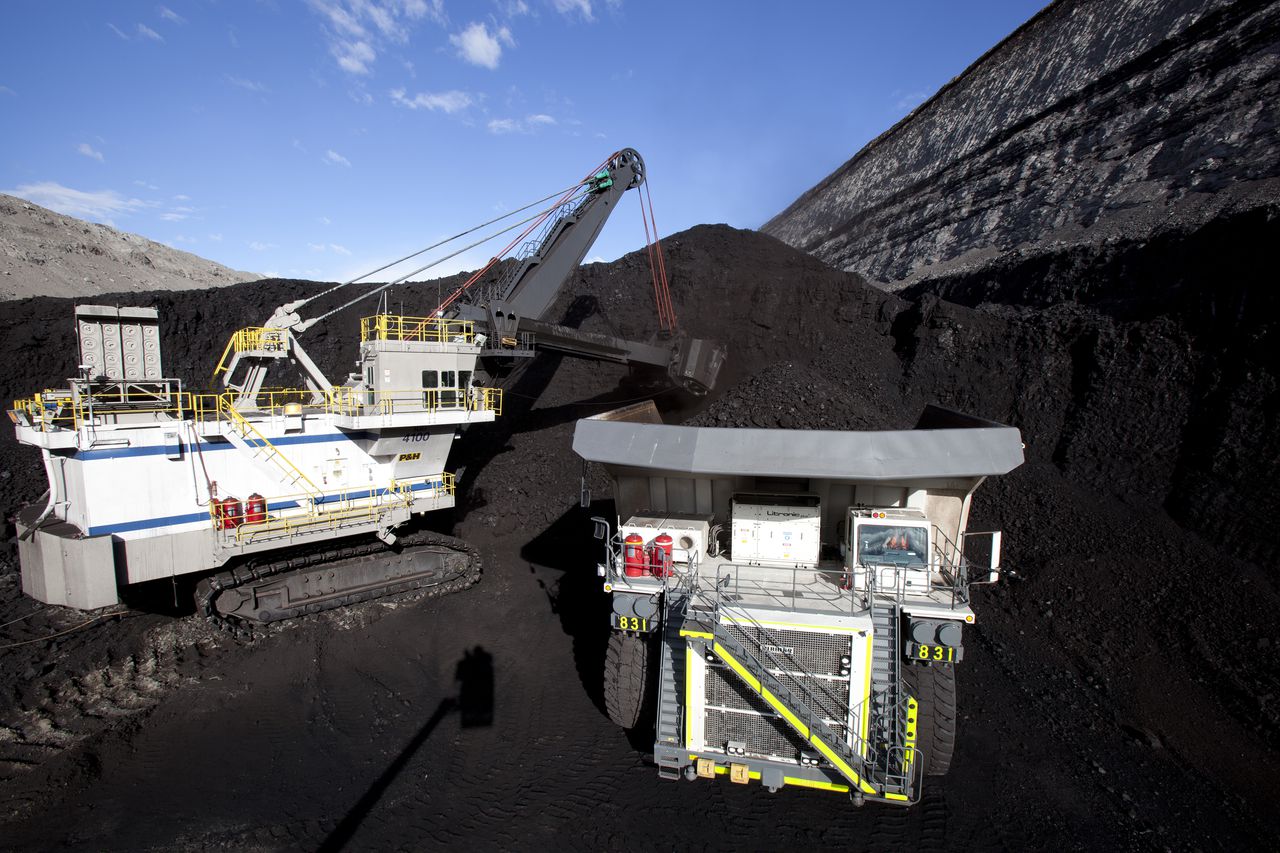
Source: Wikimedia
Back in 2021, BHE was issued a grant by the DOE worth close to $15 million to investigate how lithium could be used to make lithium hydroxide, a specific form of the mineral used in the production of long-lasting EV batteries.
The Reason Behind the High Level of Lithium
In contrast to other lithium mines in the US, the Salton Sea is an area known for its geothermal properties, which is one reason behind the region’s high concentration of lithium.
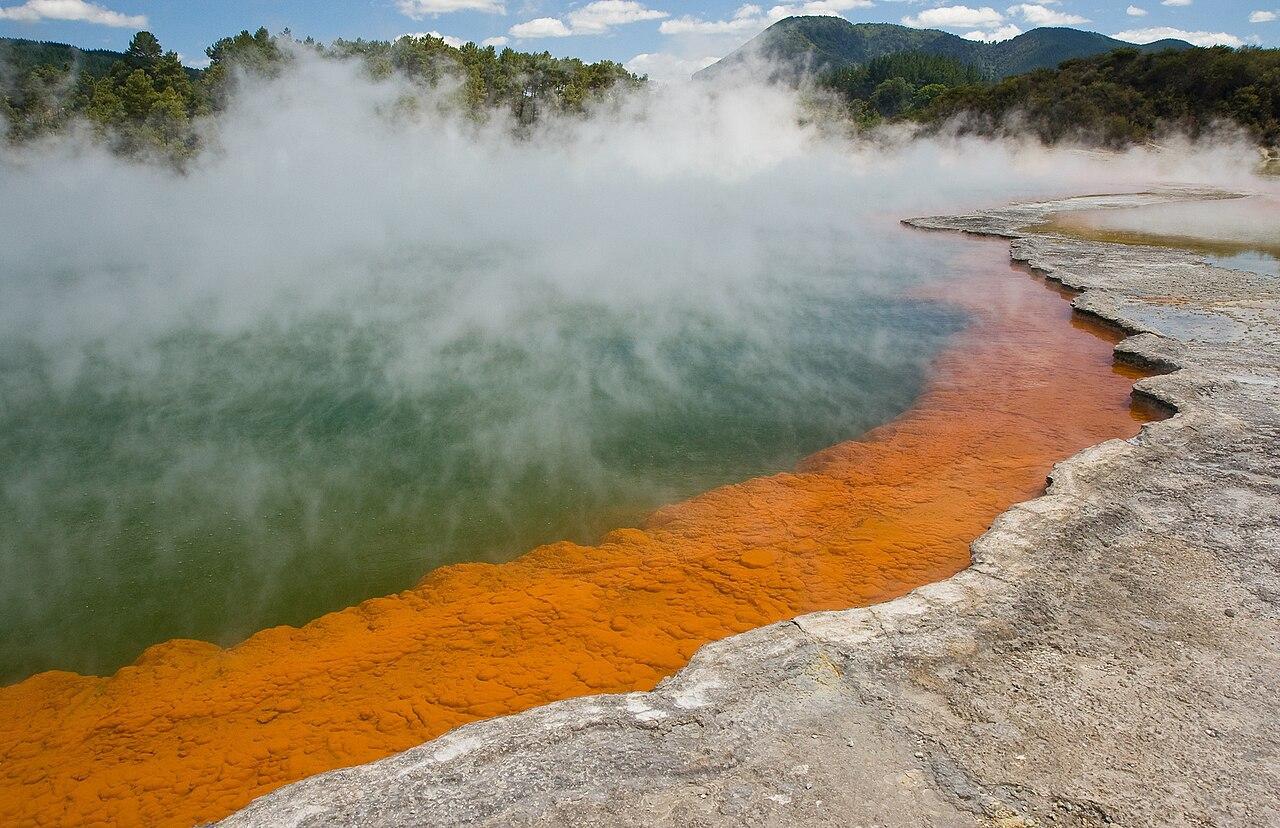
Source: Wikimedia
Due to this, companies have been able to use flash stream plants, which essentially pull in high-pressure hot water from within the Earth and convert it to steam, which powers generators.
A More Environmentally Friendly Option
Coincidentally, the flash steam plants would provide a more environmentally friendly option for mining lithium, as they require much less water and don’t leave behind an enormous hole in the ground, a fact that should reassure environmentalists and policymakers alike, says the DOE.
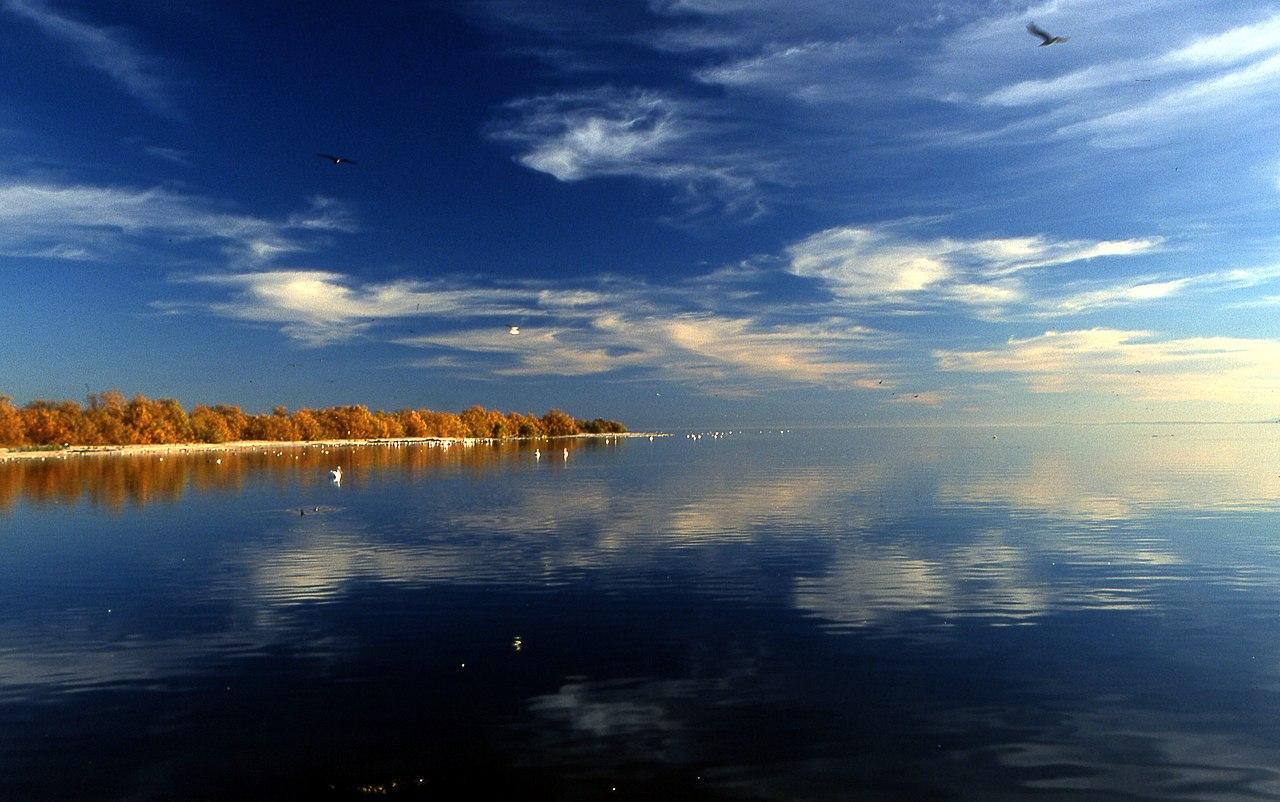
Source: Wikimedia
Currently, most lithium mines extract the mineral from rocks or underground reservoirs, a process that uses a significant amount of fossil fuels.
Halfway There, Says BHE President
Speaking with CNBC, President and CEO of BHE Renewables, Alicia Knapp explained, “We are already pumping 50,000 gallons of brine per minute across all of our 10 geothermal facilities to the surface.”

Source: Freepik
She continued, “We’re using the steam from that brine to generate clean energy. So we’re really halfway there in that we’ve got the lithium right here in our hands.”
